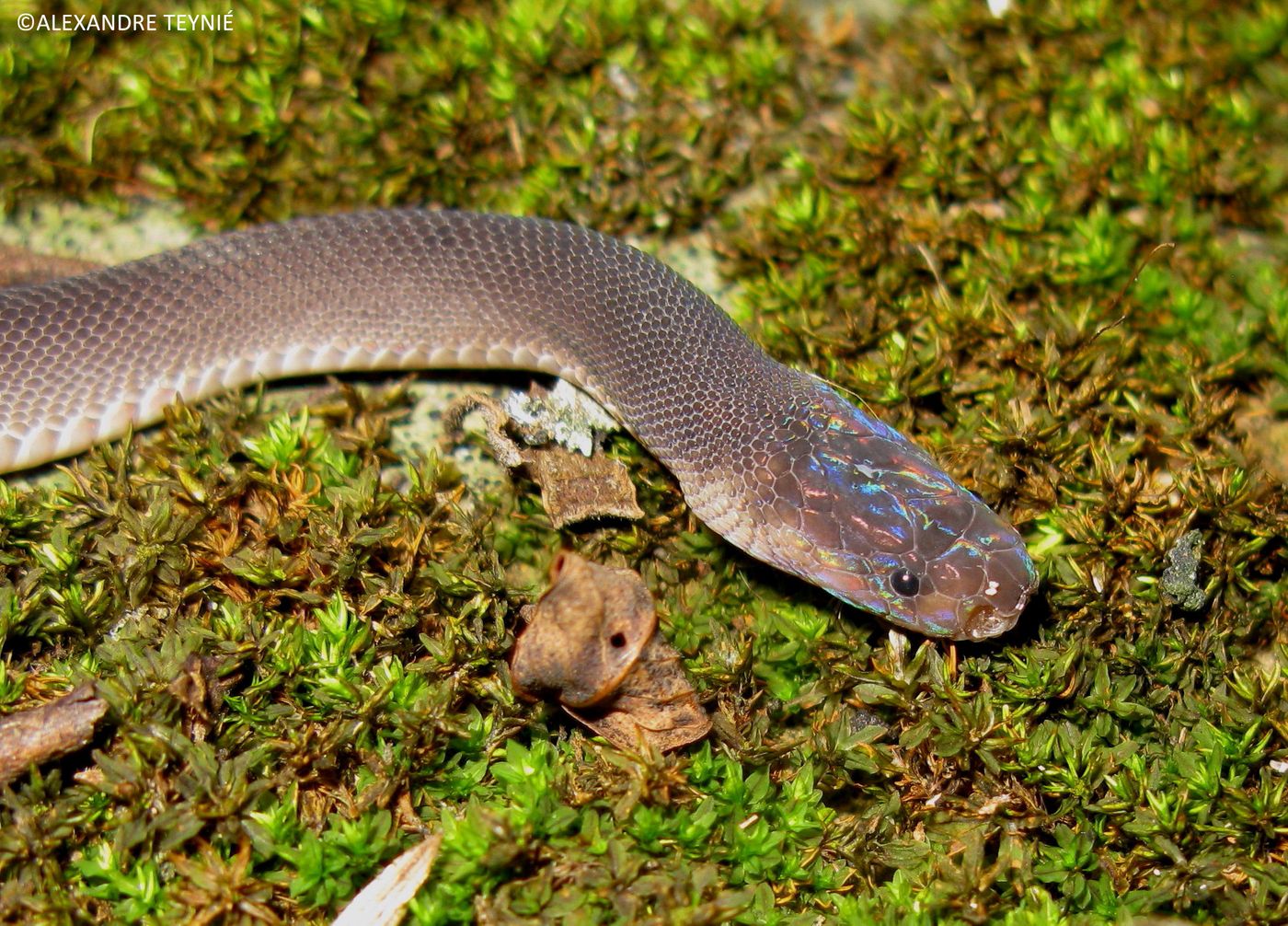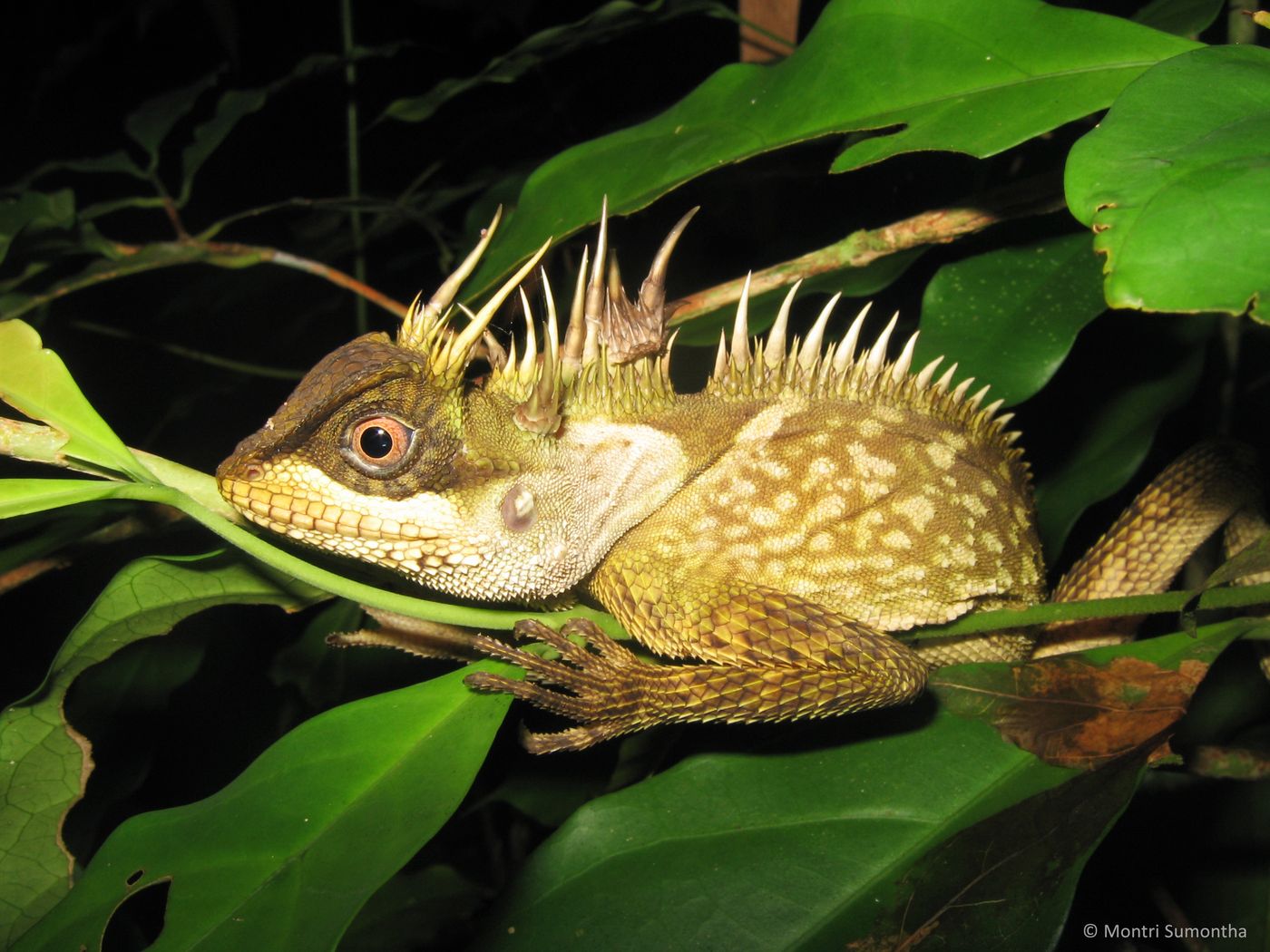163 New Species Discovered in the Greater Mekong Region
When wildlife lovers hear of a new plant or animal species being discovered, it’s music to the ears, but a new report released by the World Wildlife Fund (WWF) this month sheds light on 163 new species that have been discovered in the Greater Mekong region in 2015.
This region covers a several countries, including Cambodia, Laos, Myanmar, Thailand, and Yunnan of China. Among the new species to be discovered are nine amphibians, 11 fish, 14 reptiles, 126 plants, and three mammals.
This region of the world is known for its biodiversity, and because of that, it’s a popular place for nature researchers to go to study wildlife up close and in person.
“The Greater Mekong region is a magnet for the world’s conservation scientists because of the incredible diversity of species that continue to be discovered here,” Jimmy Borah, wildlife program manager for WWF-Greater Mekong explained in a statement.
“These scientists, the unsung heroes of the planet, know they are racing against time to ensure that these newly discovered species are protected and saved.”
The new species to have been discovered here include the Ziggy Stardust snake, which has a rainbow sheen to its head as seen in the picture below, shared by the WWF:
Image Credit: Alexandre Teynié via WWF
This snake may have relatives in other parts of China, Laos, or Vietnam, but it appears that it was a completely new species and has its own genus, the Parafimbrios. It's believed that its uniqueness to this region could spell trouble for its ability to survive elsewhere in the world, so protecting them is on the agenda of those who discovered them.
Another is the Phuket Horned Tree Agamid, which has a unique coloration and a collection of strangely-placed horns that don’t resemble any other like species on Earth:
Image Credit: Montri Sumontha via WWF
Despite how rough it looks, the creature is reportedly completely harmless. It's believed ot be suffering habitat loss and pet trade that may negatively impact its numbers in the region.
The Klingon Newt is yet another of the newly-discovered creatures, which has starkly-contrasting red and black markings across its entire body:
Image Credit: Nguyen Quang Truong via WWF
It's said that these newts are highly vulnerable to pesticides and other chemicals that may be inhibiting its numbers. Many newt species are well protected in areas like national parks and other parts of the wild, but they're still not something you see every day.
These are only a small fraction of all of the animals that were discovered in the region, but for more you can check out the WWF’s full announcement. Since this region is so popular for scientists to explore, there will certainly be many other new species observations in the future.
Source: World Wildlife Fund via The Telegraph











